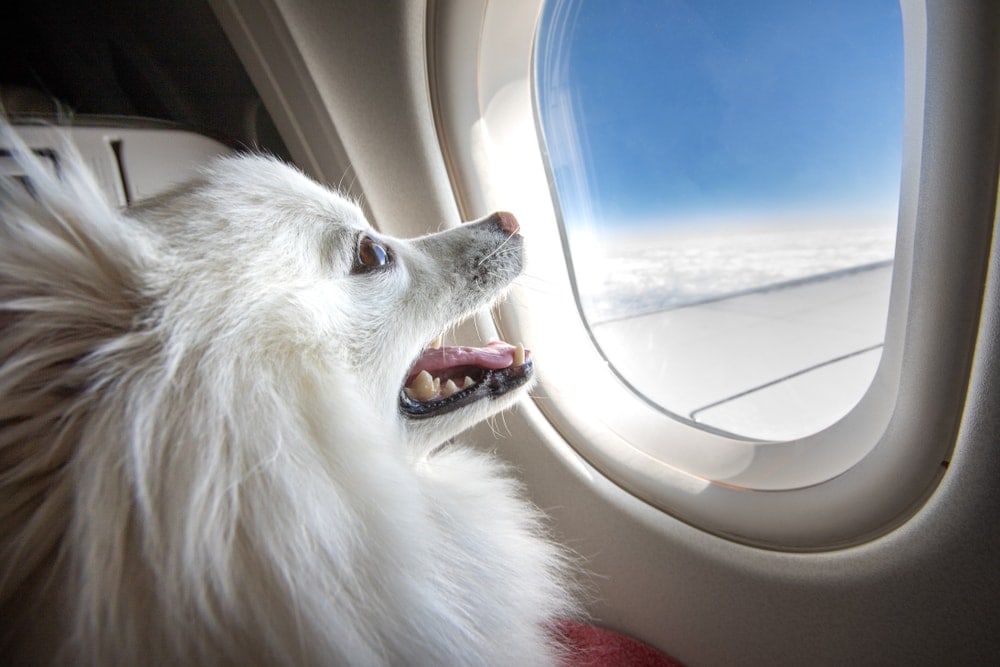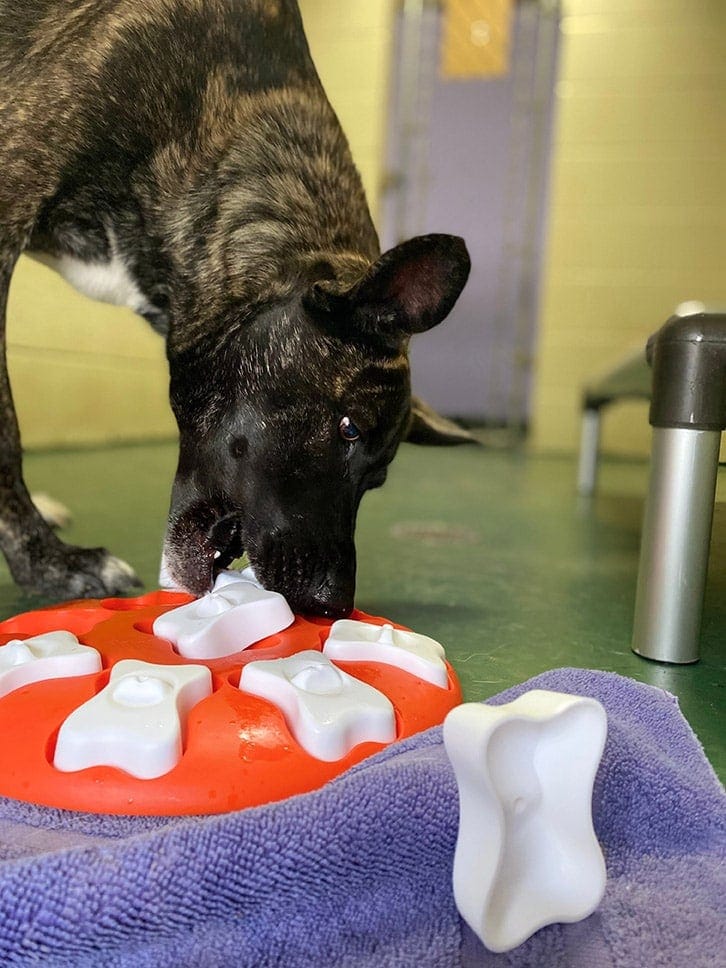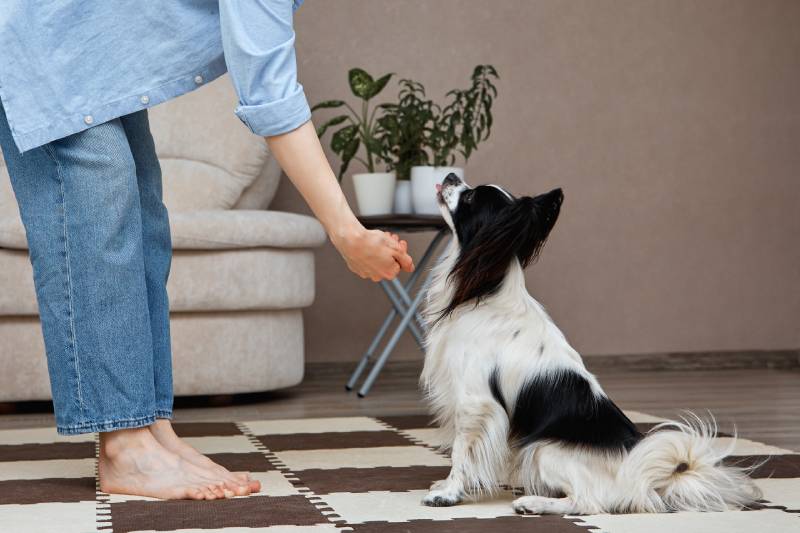Do Dogs’ Ears Pop on Planes? What to Know Before You Go (Vet-Reviewed Info)
Updated on

Click to Skip Ahead
Does your dog seem to paw at their ears or seem uncomfortable when you take them on an airplane? Maybe you’re just concerned about the potential effects of flying on your pup. It turns out that the change in altitude can indeed cause discomfort in dogs, and their ears do pop on a plane, much like ours. In this article, learn what happens to dogs’ ears on planes and other factors that might be contributing to their discomfort.
What Happens to Dogs’ Ears on Planes?
If you’re a pet parent, you may have wondered what happens to your dog’s ears during a flight. Do they pop like ours do? It turns out that dogs do experience the same ear-popping sensation that we do when flying. Their external ear anatomy is different from ours. However, the biomechanics and general structure of their internal ear structures are very similar to ours. As such, they have the Eustachian tubes that enable air to enter and equalize the pressure in the middle ear. Without these, your dog’s ear drums could explode every time a plane took off or landed!
Therefore, just like us, our dogs’ ears can also feel uncomfortable when the pressure changes. You may notice your dog shaking their head or pawing at their ears during takeoff and landing.
If your dog seems to be in pain or discomfort while flying, you can talk to your vet about giving them a mild sedative before your flight. This may help them relax and make the experience more bearable. If you’re particularly concerned about your pet’s comfort during a flight, be sure to talk to your vet beforehand to get additional tips on how to make the experience as comfortable as possible.

How Dogs React to Flying on Planes
Generally speaking, dogs handle flying quite well. They may be a little anxious at first, but most will settle down once the plane takes off. That said, there are a few things that you should keep in mind to ensure that your dog has a positive experience:
Summary
Dogs’ ears do “pop” on planes like human ears do, and they are susceptible to discomfort from the changes in cabin pressure. While it’s not dangerous, it’s uncomfortable. However, most dogs handle flights well and their ears eventually stabilize once the plane reaches its cruising altitude (much like ours). With a bit of preparation, you can help make your dog’s next flight a comfortable one.
See Also:
- 11 Facts About Your Dog’s Ears: Vet Reviewed Guide & FAQ
- How Much Does It Cost to Take a Dog on a Plane? Update
Featured Image Credit: Tsuguliev, Shutterstock












